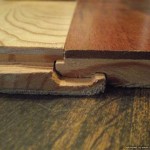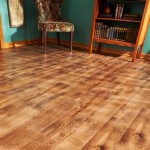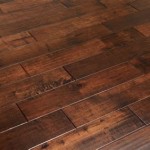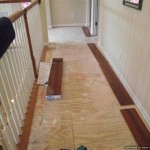Hardwood floors can add a beautiful, classic look to any home. Knowing how to properly sand and stain hardwood floors is a great way to preserve and enhance the natural beauty of your hardwood floors. Knowing the steps and understanding the process can help you achieve the best possible results for your floor.
Steps for Sanding Hardwood Floors
Before starting any sanding project, it is best to assess the condition of your floors. If the floors have deep scratches or gouges, it may be best to hire a professional to do the sanding. Sanding your floors is a multi-step process that requires the right tools and technique.
- The first step is to remove any existing finish, such as wax or polyurethane, from the floor. This can be done with an orbital sander.
- Next, the floor must be sanded with a belt sander to remove any scratches or other imperfections. Start by sanding with a coarse grit and then move to a finer grit to ensure a smooth finish.
- Once the floor is sanded, the final step is to use an edger to sand the edges of the floor. This will ensure a uniform look.
Staining Hardwood Floors
Once the floors are sanded, it’s time to stain them. Staining hardwood floors is an important step as it can make all the difference in the overall appearance of the floors. The first step is to choose a stain color that best complements the overall look of the room.
- Once you’ve chosen a stain color, it’s time to apply the stain. Begin by applying a thin coat of the stain to the floor. Use a brush or a rag to apply the stain in the direction of the grain.
- Let the stain dry for 24 hours before applying a second coat. Again, apply the second coat in the direction of the grain.
- Once the stain has dried, apply a protective finish, such as polyurethane, to the floors. This will help protect the floors from wear and tear.
Finishing Touches
Once the stain and protective finish have been applied, you can add the finishing touches to your floors. Consider adding baseboards or quarter round molding to complete the look. If your floors have deep scratches or gouges, you may need to hire a professional to repair the damage.
Conclusion
Sanding and staining hardwood floors can be a daunting task, but with the right tools and technique, you can achieve beautiful results. Make sure to assess the condition of your floors before beginning, and if necessary, hire a professional to do the job. By following these steps and understanding the process, you can have beautiful and long-lasting hardwood floors.














Related Posts








